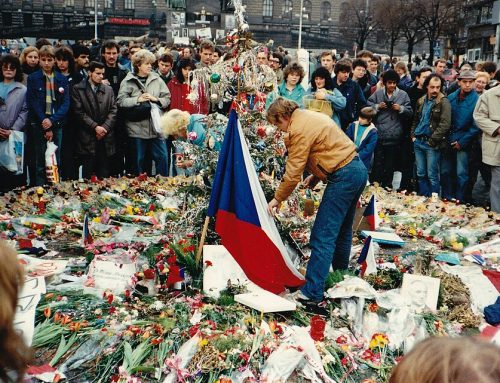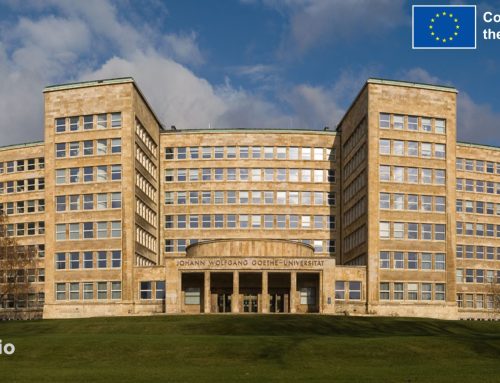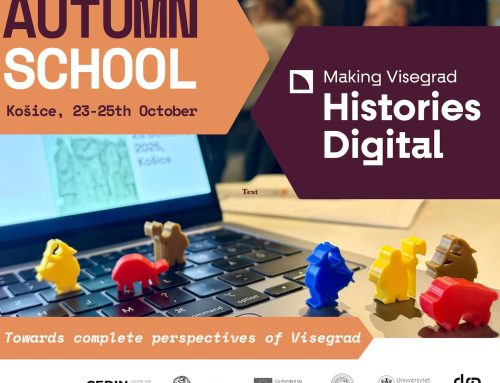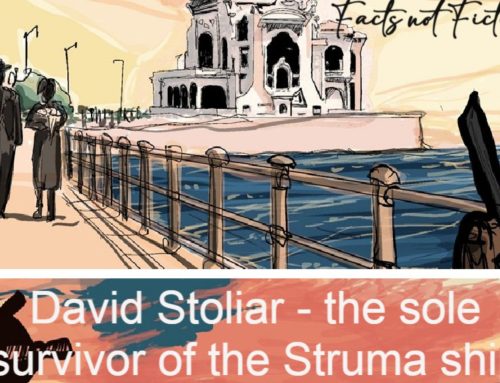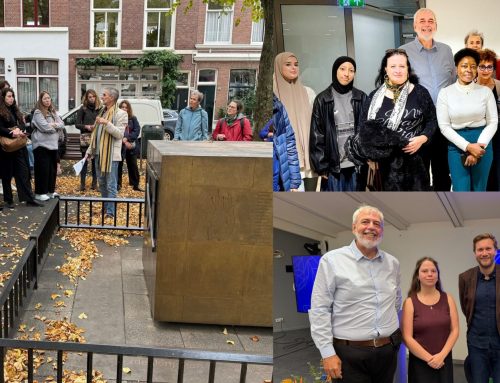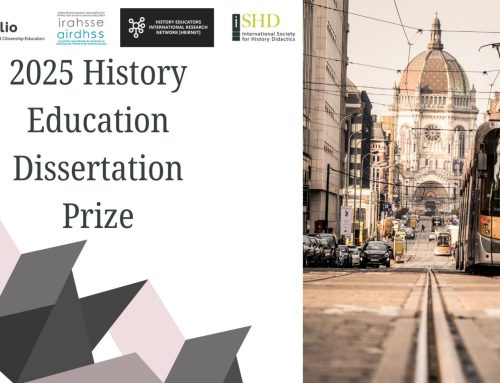In January 2017, Maria Laura Marescalchi, an author of “Silencing Citizens through Censorship”, organized a workshop using the resources of the project’s learning activity on “What Could They Know?” – which is developed by Martin Liepach, a German author of the project – with her students at Liceo Scientifico “Tassoni” in Modena.
The workshop helped to find out how the learning activity worked in practice. During the workshop, students had a chance to discuss how censorship functioned in the hands of the Nazis and what the tools were. Participants were proposed to do some practical exercises: for instance, to explain the reasons and logic of Press Advices given by the German News Agency in 1937. Students reflected widely on questions like “What news was allowed to be published in newspapers and what was not?”, “What kind of public image did censors try to evoke among newspaper readers?”, “How were Germany and the world supposed to be represented according to Press Advices?” et cetera.
Participants were provided with additional sources, such as reports, newspapers, and photos, to reconstruct the chase of events and compare how different observers in other parts of Germany reacted to pogroms. Finally, students were asked to read an opinion of prominent American historian Peter Gay, who tried to explain the reasons of what happened in Germany. Students were later asked to write a private letter to a friend or relative in which, as a witness of pogroms, they should express their thoughts and impressions of the burning synagogues. Both teachers and students pointed out the use of the variety of sources and cooperation in groups as an excellent practice. At the same time, working in English and writing feedback was marked as an exciting task by the students.
The final project results will be launched during the 24th EuroClio Annual Conference in San Sebastian.

